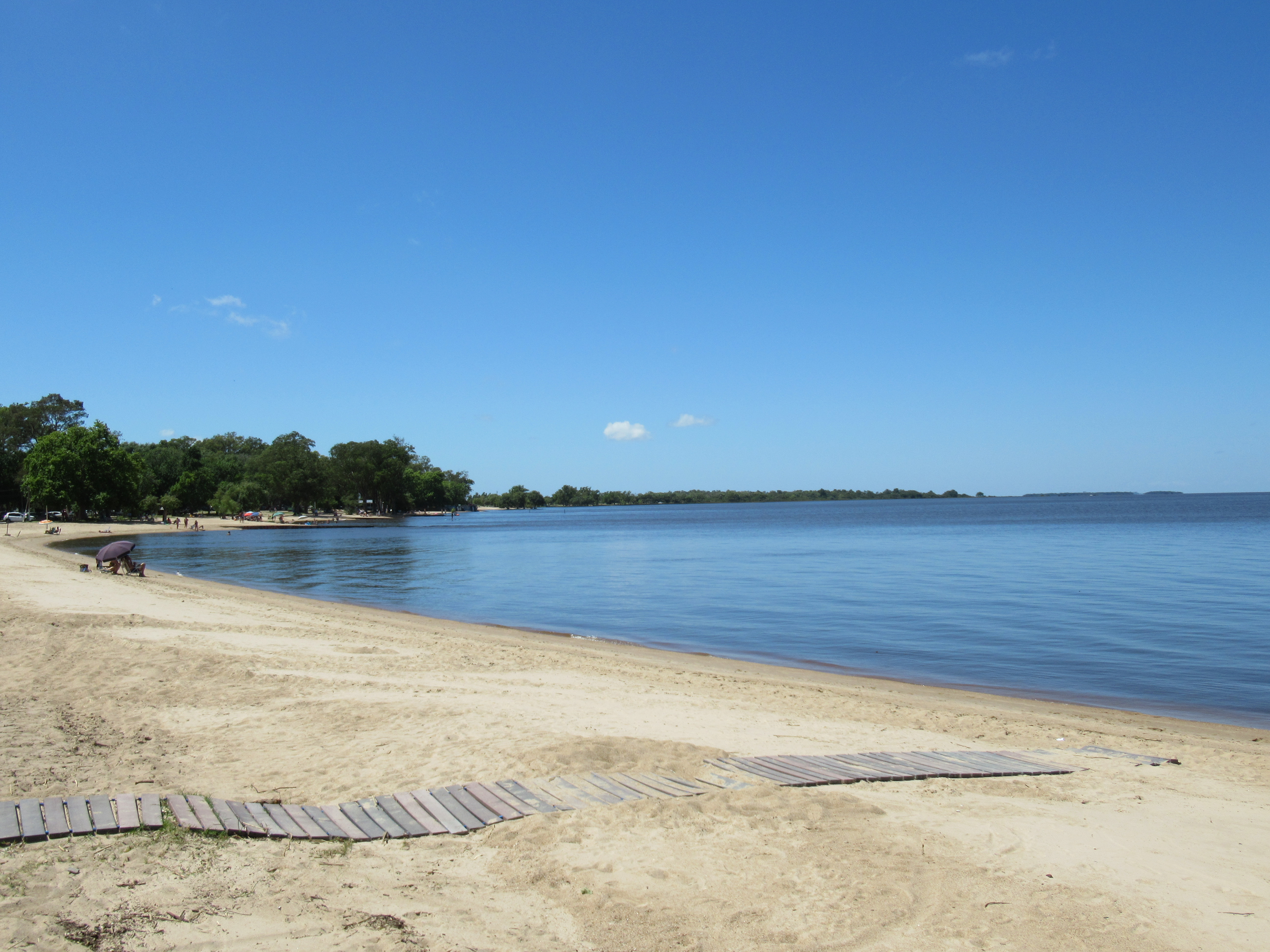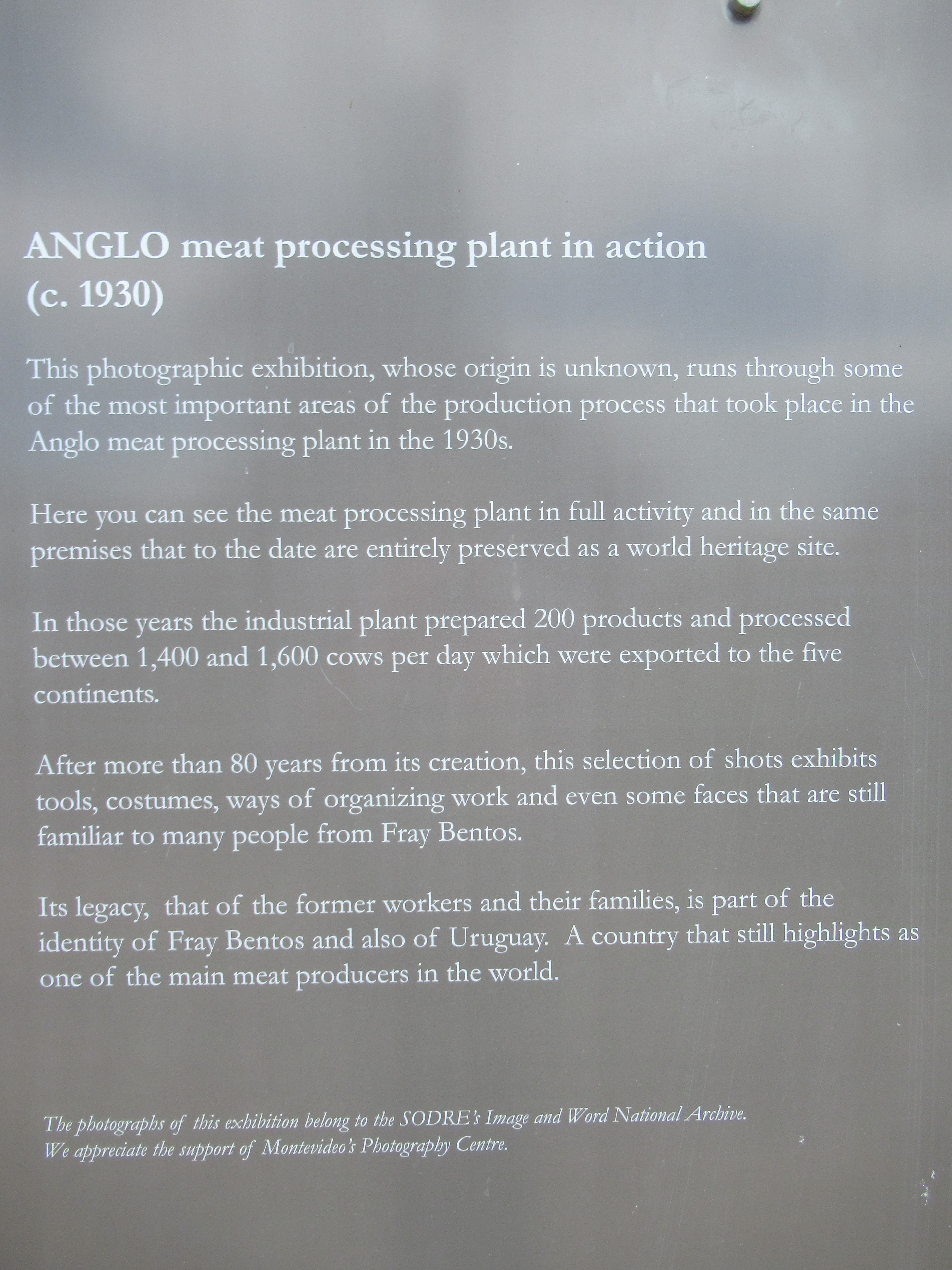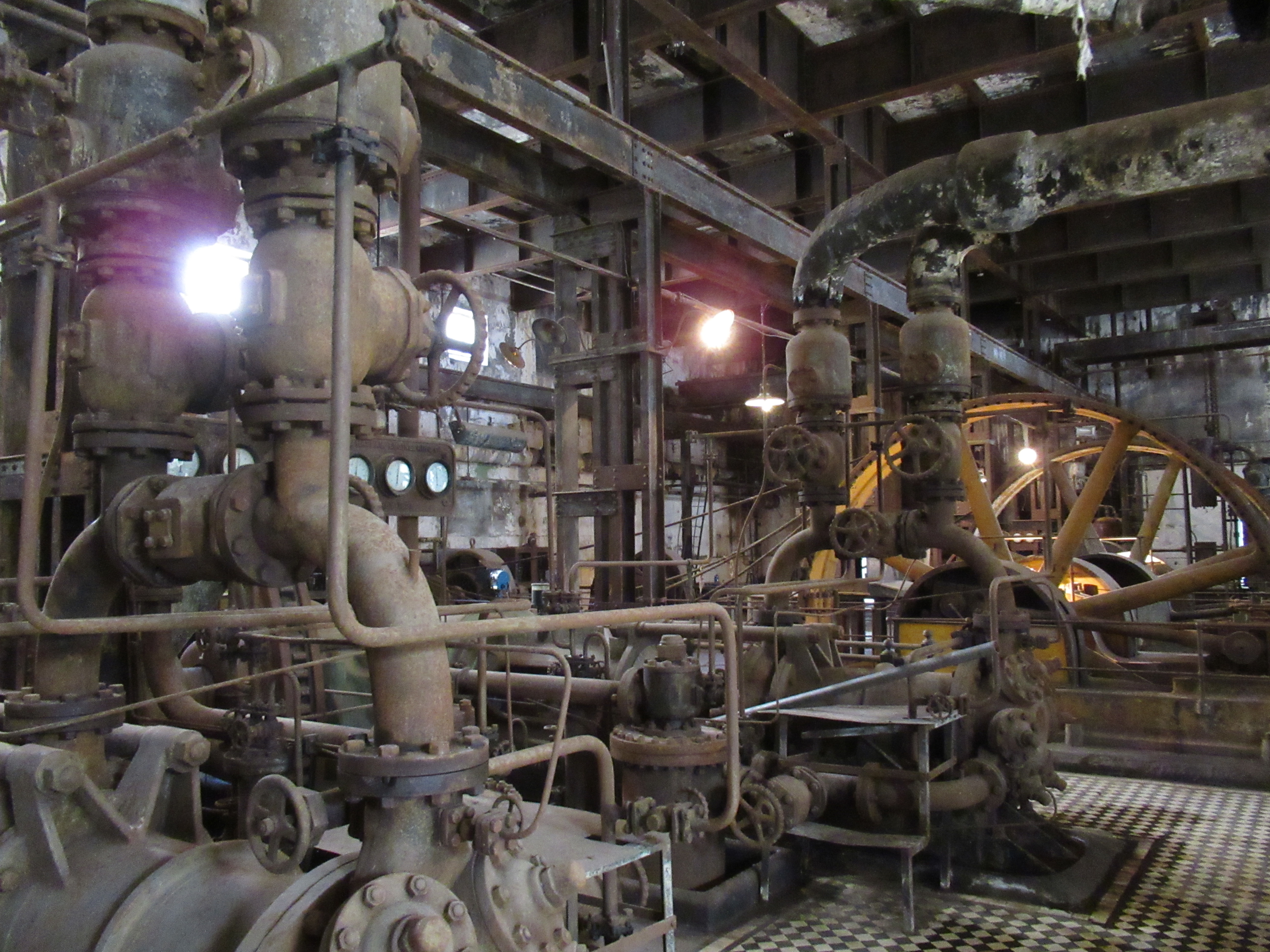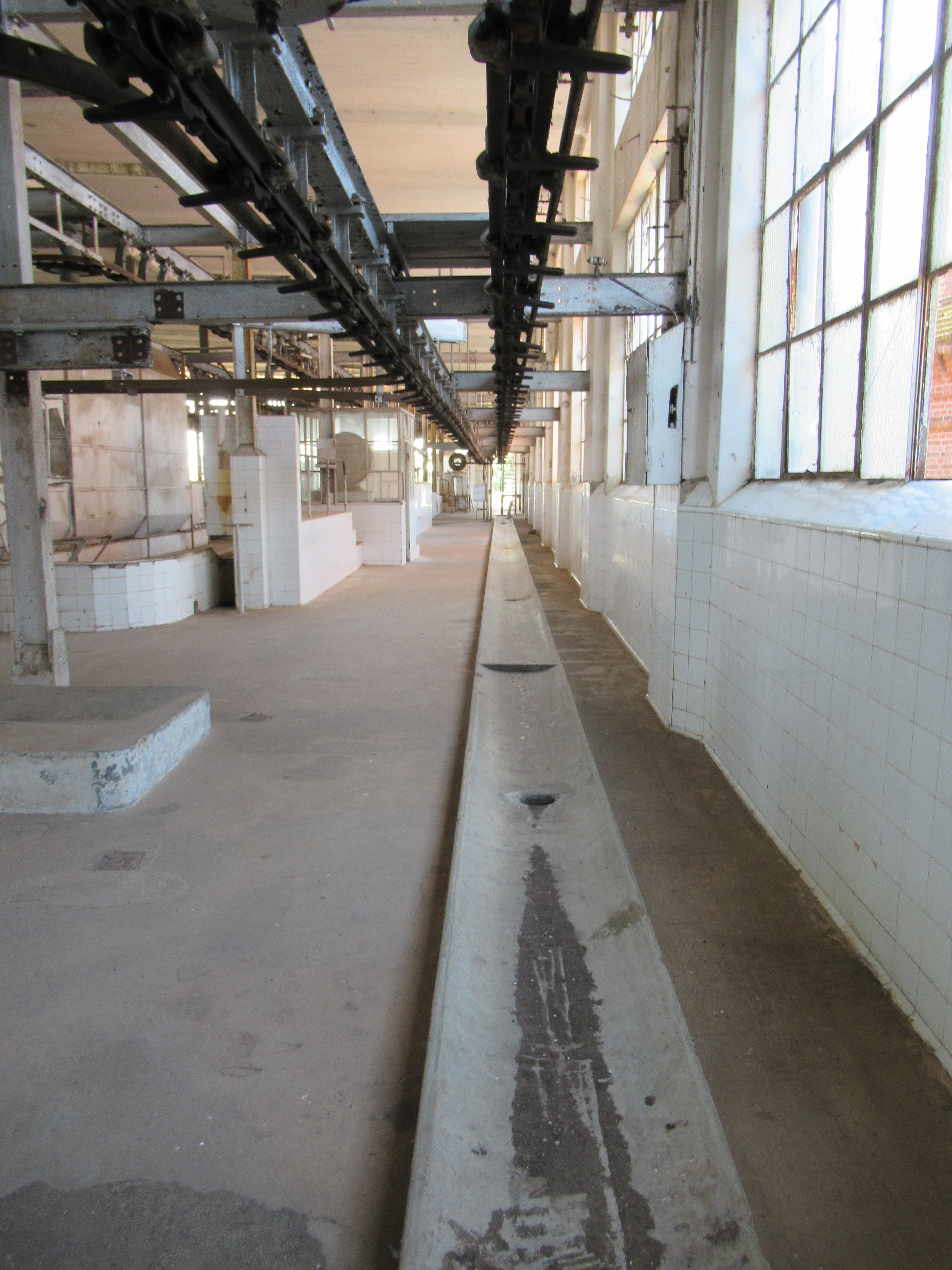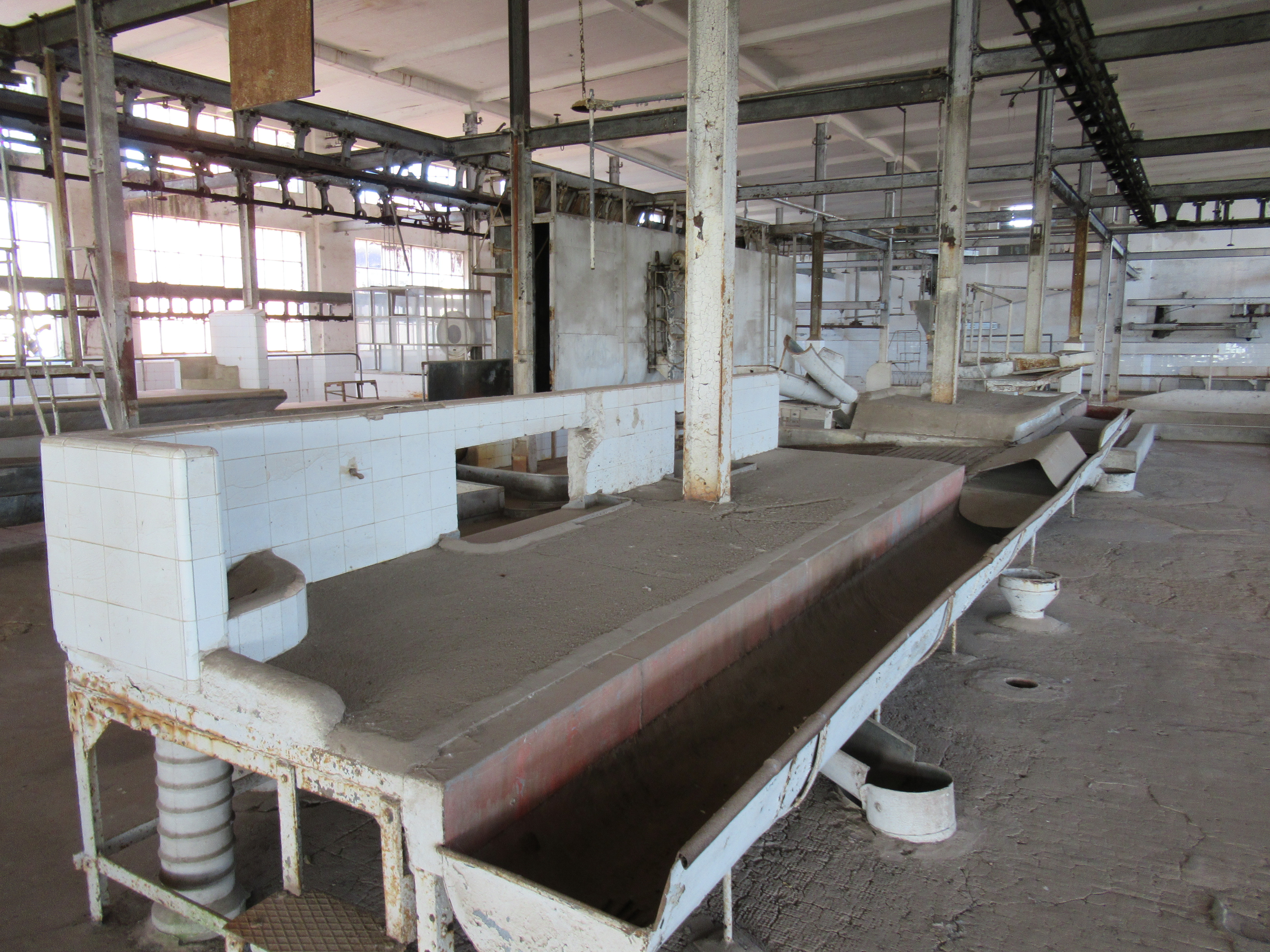Sunday, 20 January 2019
Fray Bentos, Uruguay
Think of the most perfect English summer’s day. Lush, rolling countryside, green fields, hedgerows, cows and horses in the fields, trees wafting in the light breeze. That’s Uruguay. I could be driving through Nottinghamshire today.
Every so often, on the open roads in the middle of nowhere, you have to reduce speed to 45km/hr. There’s a solitary building miles from anywhere. It’s a ‘rural school’. Just a single, small building.
Great music on all radio stations. British 1980s music. Just like Radio 2’s Sounds of the Eighties all day. But without Ooh Gary Davies on your radio.
First major town is Carmelo. Must be a Uruguayan thing as all the buildings are single storey and all set out on a grid basis. Most roads are one way. Can tell it’s getting rural as overtaken by horse and cart as I trundle along looking at the architecture. Town sits on the River Plate and, bizarrely, there’s a glorious white sandy beach along the river shore. Assume this must be imported sand. The River Trent it is not. This is a nice place. People sitting in the deckchairs with the obligatory flask of hot water and their cups of mate (a green leaf high in caffeine) sipping through the metal straw which is a shared straw. Nice relaxed vibe about the place.
Between Carmelo and Mercedes, there are hundreds of birds just sitting on the rural road sunning themselves. Only as the sound of the car approaches do they suddenly take flight. The consequence is that for about an hour it’s like constantly driving through a flock of birds. Like a scene out of a Hitchcock thriller. Have about six bird strikes. One with such force that it knocks my wing mirror inwards. Find myself constantly ducking and diving in the driver’s seat, for no real reason.
Just before Mercedes, spot a gaucho on horseback riding towards me. Flag him down and ask if it’s OK for a photo. He turns his horse and poses for the camera. His beret suggests a Uruguayan Frank Spencer.
Arrive at Fray Bentos. The British reading this will instantly recognise the name. For those that aren’t, Fray Bentos is synonymous with tinned meat pies. The like of which you wouldn’t put in your system. I’ve always been intrigued by Fray Bentos ever since an incident in Braunschweig, 20 years ago. Suffice to say, the incident is not repeatable for a public forum such as this blog (to protect the guilty). You’ll have to email me for details.
I’m on a pilgrimage.
Here to visit the former Fray Bentos factory. A UNESCO World Heritage Site. Told the tour is in English too. It starts in Spanish. And continues in Spanish. Erm. Ask if any of the tour is in English. She doesn’t understand my question. So that’ll be a no then. Which also surprises the five other non-Spanish speaking tourists who had also been told the tour is in English. Fortunately, a Uruguayan tourist gives us bullet points in English. Very friendly chap and thankful for his input.
Potted history. Originally set up as Liebig’s Extract of Meat Company (LEMCO) in 1865. Liebig being a German chemist who managed to mass manufacture meat extract. In 1924, it became Frigorifico Anglo and expanded operations to be a meat packing centre due, in part, to the needs of World War 2 to supply the British military, with products such as meat pies and corned beef branded as ‘Anglo’. Factory shut down in 1967 but soon reopened under the Fray Bentos name. Factory finally closed down in 1979. 483 cows were slaughtered on the final day in 4hrs 15mins. In the 2000s it opened as an Industrial Museum and subsequently gained UNESCO status in 2015.
You see. Like the BBC. I like to educate, entertain and inform.
Care to join me for a little Touring Taurean typed tour of the factory?
The first building we enter is the machine room. WOW. Love industrial architecture and engineering. It’s the central plant room where all the mechanical plant is located. Just sitting there, quietly rusting away. Staggering to think this is the original 1920s plant. A photo on the wall from 1922 shows the plantroom. Hasn’t changed one bit. The adjacent electrical room houses a massive switch panel. Its ammeters and voltmeters and large hand operated circuit breakers look like they could be in an old fashioned horror movie.
Beyond the main entrance, is the workers’ accommodation blocks. As they entered the factory, they put their numbered token in a slot in the wall. Tokens then collected by admin staff who marked them in and out. Old fashioned clocking in and out.
An outside photographic display shows the factory at its peak in the interwar period. Fascinating because so much of what we see is still standing.
The cows were brought to a holding shed to try and relax them as, I’m sure you all know, a tense cow doesn’t make good meat. The cows were then herded into a concrete duct which had overhead water sprays to clean the cows before they entered the factory to be slaughtered. From there, the cows were herded up a wooden walkway to the top of the processing building. Why spend energy carting dead cows to the top of a tall building when the cows can walk to their death, was the philosophy. A green wooden walkway runs up the side of the cow ramp. This was for the workers to prod the cows to make sure they moved forward, as by this time, the cows were reluctant to walk to their death.
Walk up a staircase to the top floor of the processing building. We all go WOW. It’s exactly like the photos from the 1920s. But without people and cows. The high level conveyors, hooks, cogs and machinery still in place. It’s staggering. Concrete channels on the floor follow the path of the high level conveyors. To catch the dripping blood. The cows were brought in, killed, strung up, then butchered, all the while moving along the high level conveyors.
A link bridge with a high level conveyor connects the slaughterhouse processing floor to the biggest building on the site. The refrigeration building. It’s massive. As we walk in the temperature drops considerably. Although not refrigerated, its cork lined walls about 200mm thick prevents the heat of the day getting in. Absolutely fascinating.
Return to the old admin offices. They’re in a large hall with wooden floors. The original desks, chairs and office equipment perfectly preserved. Shown a desk which has two indentations in the wooden floor. It’s where a clerk sat. He worked at the same desk for 40 years. The indentations are where he had worn away the floor with his chair and feet over the years.
Chat with fellow non-Spanish speakers. Estonian biker couple. Toronto couple. Estonian biker couple have been travelling for 18 months thus far. Estonia overland to Australia, via Europe, the Stans and Asia. Shipped the bikes to Chile. Now travelling from Ushuaia to…Alaska. Wow. Thought my trip was epic. Nice to meet a fun and interesting girl who knows how to hold a conversation and has a nice firm handshake. Toronto couple ask for a lift to the local bus station, which we eventually find.
Hotel tonight is the best option in town. The Gran Hotel Fray Bentos. That’s not to say it’s the best. Just the best option.
Another Sunday night. This time last week was a jam sandwich in Perito Moreno. Have no such trouble this evening. Restaurants are open. Short walk along the river road. This afternoon as I drove along it to the museum there was no one about. Now. It’s heaving. Long queue of traffic slowly trundling along looking for a parking space to watch the sunset. People sitting on the public benches, sitting in their deck chairs, sitting on the pavement. All have one thing in common. They all have their leather cases (flask holders). They all have a flask of hot water. They all have a cup of mate. They all drink from the same metal straw. It’s a wonderful atmosphere.
Uruguay does sunsets.


